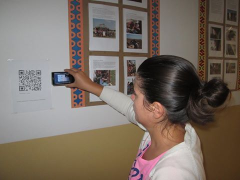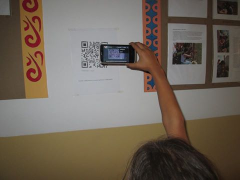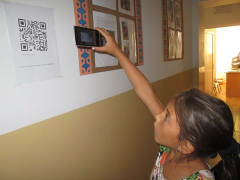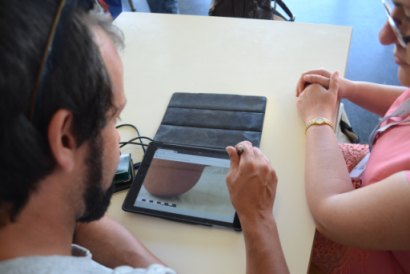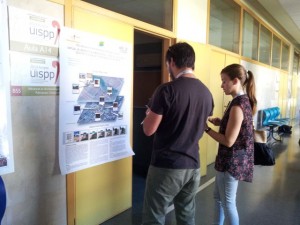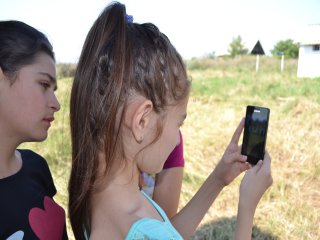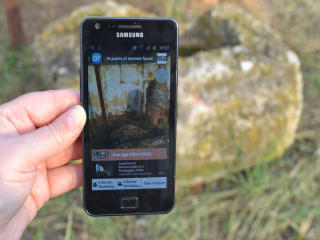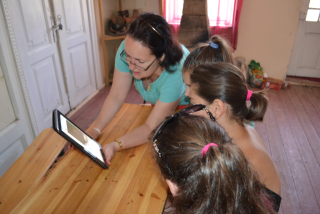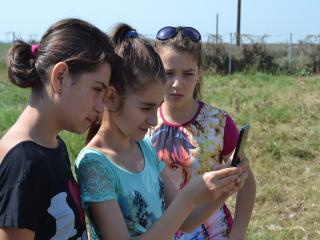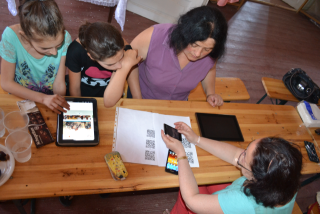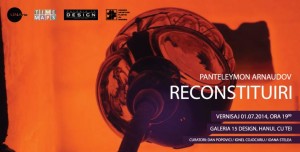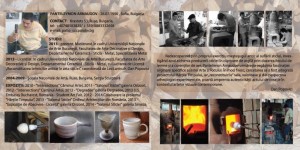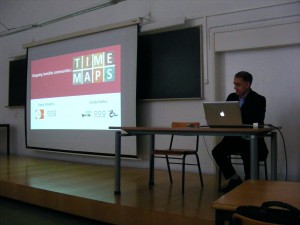I was delighted to be invited to Wales by my friend and co-editor Professor George Nash to participate in the Gestart Project by creating a work of art in relationship with the Barclodiad y Gawres monument. The goal was to propose a new image of the Welsh Neolithic monument, as well as to enhance the archaeological imagination with the experientiality resulted from the artistic intervention.
I believe that art can function as a revelator for the archaeological imagination; this is why I use the art ingredient in the archaeological experiments, under the form of land-art or installations, which brings new information to complement the scientific one. As an art-chaeologist I combine the scientific approach with the metaphorical one produced by art (Gheorghiu 2009).
For Barclodiad y Gawres I proposed one land-art installation to visualize, in a minimalistic way, the “invisible” traits of the funerary monument, i.e. its rituality or its relationship with the landscape. Thus, the land-art was conceived as a line which made visible these unseen cultural traits.
An additional important attribute of the monument that should have been revealed was the art hidden inside the funerary chamber, under the form of incised angular lines and chevrons.
Bearing in mind the monument was placed in a ritual landscape (Nash 2013), I tried to reveal this idea through two artistic and ritual actions. The first art experiment was to separate the shape of the monument from its surroundings, setting apart its round shape from the chaotic forms of the landscape; therefore, viewed from above, the monument was made visible under the shape of a white thin circle, while viewed from ground level, as a horizontal white line, similar to the one produced by the white quartz at Avebury. George experienced the perception of this land art creation from the other side of the gulf near the monument.
A second experiment and land-art was created to evoke a (hypothetical) ritual road that would have linked the entrance of the monument to the most important visual attractor in the area, Holy Head. The road was materialized as a 100 m long white line, which linked the monument to the valley, and George experienced the rite of approaching the monument on this abrupt road.
The third land-art was intended to reveal the hidden art inside the monument, by designing a linear pattern resulted from the intersection of parallel white lines across the monument, in order to evoke and made visible to the world the lozenges and the other linear patterns found within the funerary chamber.
All the grandeur of the land-art and of the monument was captured with the help of a video camera positioned on a drone piloted by Andrew Beardsley. I was helped to position the land-art on the ground by George Nash, Bill Swan, and Andrew Beardsley, while the photos and video films were done by Andrew Beardsley, to whom my thanks go. Moreover, it seems that the Neolithic gods were smiling upon us on the 21st May, as we enjoyed a sunny day with clear skies that one usually only sees on the Mediterranean coast.
The art-chaeological experiment from Barclodiad y Gawres, (i.e. the three land-art works and their theoretical support) constitutes the subject of several scientific and art papers to be published in the next few months, about the uses of art for enhancing the archaeological imagination. Images of my work in Barclodiad y Gawres can also be seen on Gestart Project site (www.gestartproject.com).
For a better understanding of the uses of the art-chaeolgical concept to reveal prehistoric and ancient monuments I invite the interested reader to see my previous work in the Leonardo Electronic Almanac (Gheorghiu 2013), World Art (Gheorghiu 2012), Artchaeology (Gheorghiu 2009), Time Maps (http://timemaps.net/timemap/velho_da_zimbreira/), and the images posted on Panoramio.
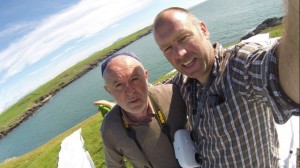
Dragos-Gheorghiu-and-Andrew-Beardsley_21st-May-2014_Barclodiad-Y-Gawres_photo-Andy-Beardsley
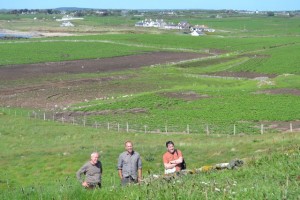
Dragos-Andy-and-George_21st-may-2014_Barclodiad-Y-Gawres_photo-Bill-Swann
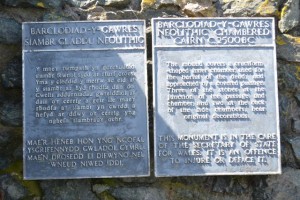
Entrance-in-the-Neolithic-tomb_Barclodiad-Y-Gawres_photo-DG
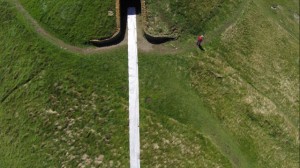
Landart-by-Dragos-Gheorghiu_-21st-May-2014-at-ByG_GestART-Project_photo-Andy-Beardsley
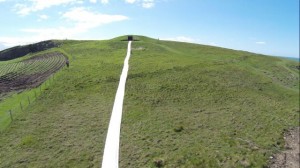
Landart-by-Dragos-Gheorghiu_-21st-May-2014-at-ByG_GestART-Project_photo-Andy-Beardsley
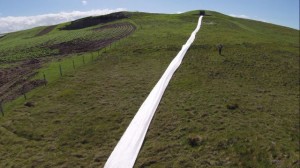
Landart-by-Dragos-Gheorghiu_-21st-May-2014-at-ByG_GestART-Project_photo-Andy-Beardsley
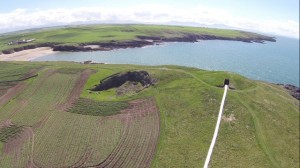
Dragos-Gheorghiu-and-Andrew-Beardsley_21st-May-2014_Barclodiad-Y-Gawres_photo-Andy-Beardsley
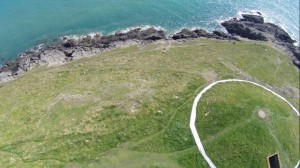
Landart-by-Dragos-Gheorghiu_-21st-May-2014-at-ByG_GestART-Project_photo-Andy-Beardsley
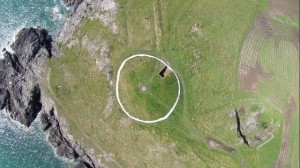
Landart-by-Dragos-Gheorghiu_-21st-May-2014-at-ByG_GestART-Project_photo-Andy-Beardsley
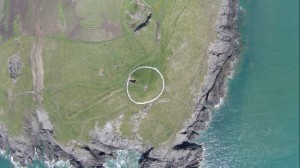
Landart-by-Dragos-Gheorghiu_-21st-May-2014-at-ByG_GestART-Project_photo-Andy-Beardsley
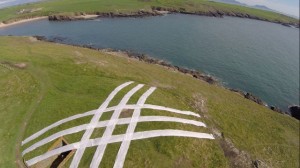
Landart-by-Dragos-Gheorghiu_-21st-May-2014-at-ByG_GestART-Project_photo-Andy-Beardsley
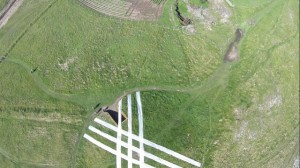
Landart-by-Dragos-Gheorghiu_-21st-May-2014-at-ByG_GestART-Project_photo-Andy-Beardsley
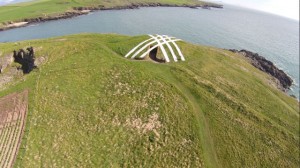
Landart-by-Dragos-Gheorghiu_-21st-May-2014-at-ByG_GestART-Project_photo-Andy-Beardsley
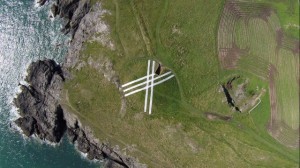
Landart-by-Dragos-Gheorghiu_-21st-May-2014-at-ByG_GestART-Project_photo-Andy-Beardsley
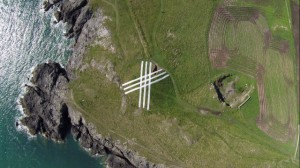
Landart-by-Dragos-Gheorghiu_-21st-May-2014-at-ByG_GestART-Project_photo-Andy-Beardsley
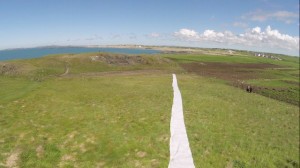
Landart-by-Dragos-Gheorghiu_-21st-May-2014-at-ByG_GestART-Project_photo-Andy-Beardsley
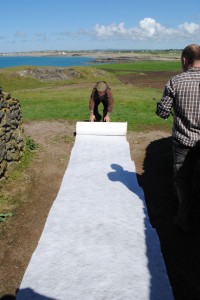
Landart-by-Dragos-Gheorghiu_21st-May-2014-at-ByG_GestART_photo-George-Nash
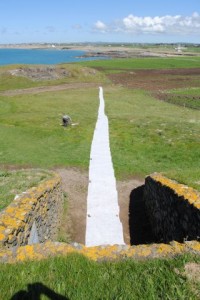
Landart-by-Dragos-Gheorghiu_21st-May-2014-at-ByG_GestART-Project_photo-George-Nash
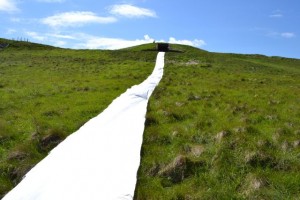
Landart-by-Dragos-Gheorghiu_Barclodiad-Y-Gawres_GestART-Project_21-May-2014_photo-DG
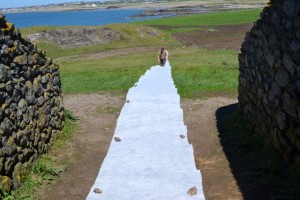
Landart-by-Dragos-Gheorghiu_Barclodiad-Y-Gawres_GestART-Project_21-May-2014_photo-DG
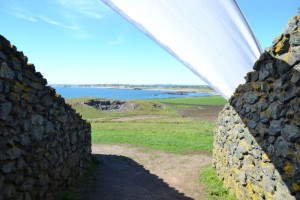
Landart-by-Dragos-Gheorghiu_Barclodiad-Y-Gawres_GestART-Project_21-May-2014_photo-DG
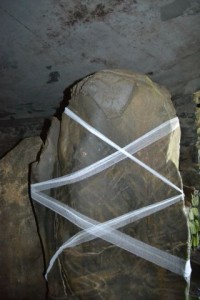
Revealing-the-incised-pattern-on-a-stone-Installation-by-Dragos-Gheorghiu_Gest-Art-Project_21-May-2010_photo-DG
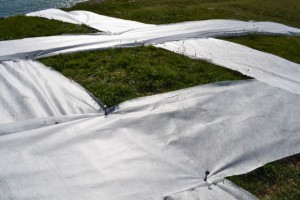
Revealing-the-patterns-inside-the-funerary-chamber_land-art-by-Dragos-Gheorghiu_Barclodiad-y-Gawres_GestART-Project_21-May-2014_photo-DG
Bibliography
Dragos Gheorghiu, 2013, Not here Not There, Leonardo Electronic Almanac 19 (1), pp. 54-60.
Dragos Gheorghiu, 2012, eARTh Vision (Art-chaeology and digital mapping), World Art,
2:2, 211-217.
Gheorghiu, D., 2009, Artchaeology. A sensorial approach to the past, Bucharest, Unarte.
George Nash, 2013, Aspect, Architecture and Art: The Passage Grave tradition of Northwest Britain, Time and Mind 6 (2), pp.199-210.
Photos by Dragos Gheorghiu and George Nash. Aerial photos by Andy Beardsley.
